What different qualities of matcha tea are available on the market, how are they determined and what distinguishes them? We want to clarify this in this post.
There is now an abundance of matcha suppliers, qualities and names on the market. When it comes to naming and most promises of quality, a competition of superlatives is raging. Terms such as supreme, super premium, superior grade or even ceremonial are used so excessively that no one knows exactly what the differences are and what distinguishes the products. So let's move away from mere marketing slogans and focus on the product itself.

What exactly characterizes good matcha tea?
To be able to assess this, the following points need to be considered:
- The origin
- The tea plant
- The cultivation
- The harvest
- The grinding
- The consistency
- The color
- The smell
- The taste
That looks like quite a lot now. One thing at a time.
1. the origin
Let's keep it short: the best matcha comes from Japan. Period. Now some will concede that good teas are also grown in China, the country of origin of matcha. That may be true. But not the best.
In Japan, there are a number of well-known tea-growing regions and prefectures such as Uji (Kyōto), Kagoshima and Nishio (Aishi).
2 The tea plant
Good matcha tea is made from tencha. Although there are also matcha powders made from other green teas, these do not achieve the quality of matcha made from tencha. This is considered to be the highest quality green tea in the world.
3. the cultivation
The best matcha teas are almost completely shaded (approx. 90%) for several weeks. This is the only way for the plants to develop their sweet taste and mild character.
4. the harvest
The best Matcha teas are harvested during the first flush. Only the topmost, most tender shoots are harvested and processed by hand.
5. the grinding
Traditionally, matcha is slowly ground into an extremely fine powder on granite stone mills. The faster the grinding, the more heat is generated and the more ingredients are lost. Really good matcha needs a lot of time.
All of these factors significantly influence the consistency, color, smell and ultimately the taste of the matcha powder.

Matcha tea - determining the quality
1. consistency
The best teas are ground as finely as possible. A very fine grind can sometimes be recognized by the formation of small balls after contact with air. These are caused by the electrostatic attraction of the powder. Matcha should therefore always be sieved before preparation. High-quality matcha tea can then be mixed with water without leaving any residue. Good tea is characterized by a creamy body and a full mouthfeel. Cheaper qualities, on the other hand, often leave residues and a correspondingly poorer, watery mouthfeel. Consistency plays a very important role, especially when preparing koicha. High-quality matcha that can be whipped to a creamy consistency, such as matcha, is particularly suitable for this purpose Hitotsu.
2. the color
High-quality matcha powder has a deep green, jade-like color. Inferior qualities, on the other hand, often have a yellow, brown or even grayish tinge.
3. the smell
High-quality Matcha tea has a fresh, invigorating and complex aroma. Depending on the origin and type, floral, fruity, nutty or slightly tart aromas may dominate.
4. the taste
High-quality matcha tea is characterized by its mild nature, its sweet and fruity notes and its creamy mouthfeel. The best teas also impress with their pronounced umami. It is never strongly bitter or sour. However, a pleasant bitterness can be desirable and round off the taste.
Conclusion - Finding really good matcha tea
As you can see, there are a few points that need to be considered when selecting matcha powder and determining its quality. However, you can quickly see, smell and taste the most important factors. Because good matcha tastes and smells good. The fine consistency and deep green color round off the impression. With a little experience in handling matcha, you will quickly realize which tea is really high quality and which products merely suggest this. You can find out how to taste individual matcha varieties professionally and classify the qualities in this article: Matcha Tasting.




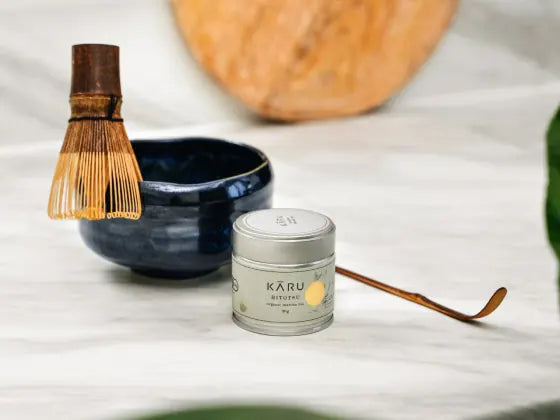
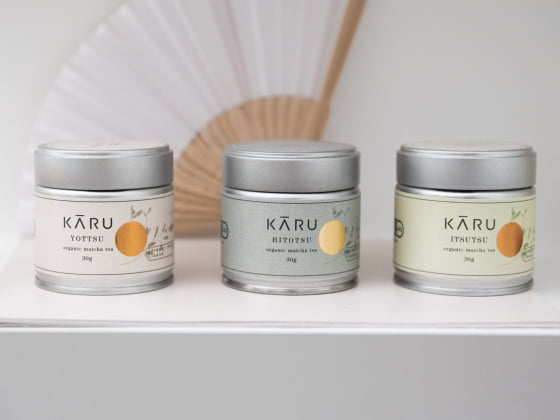
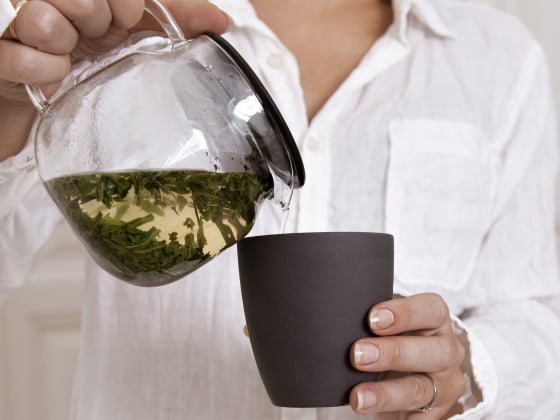
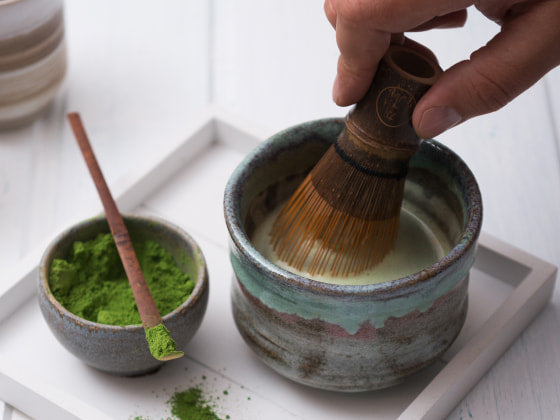
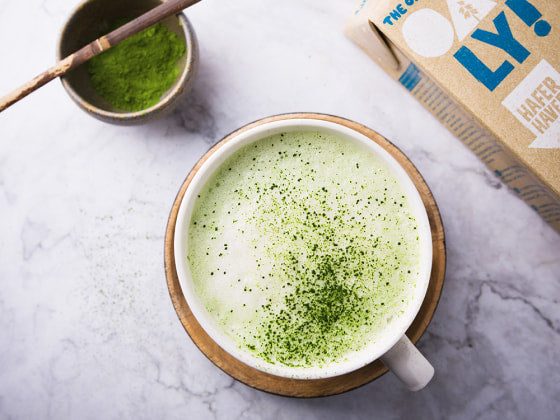
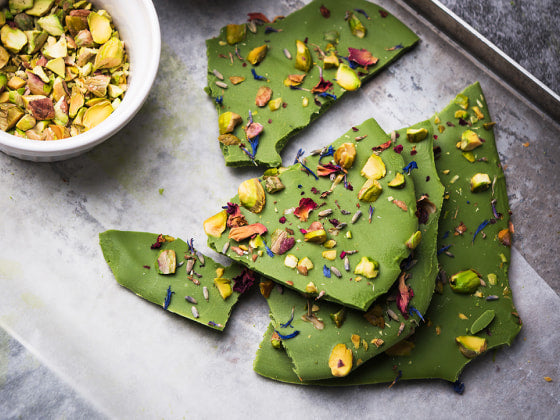
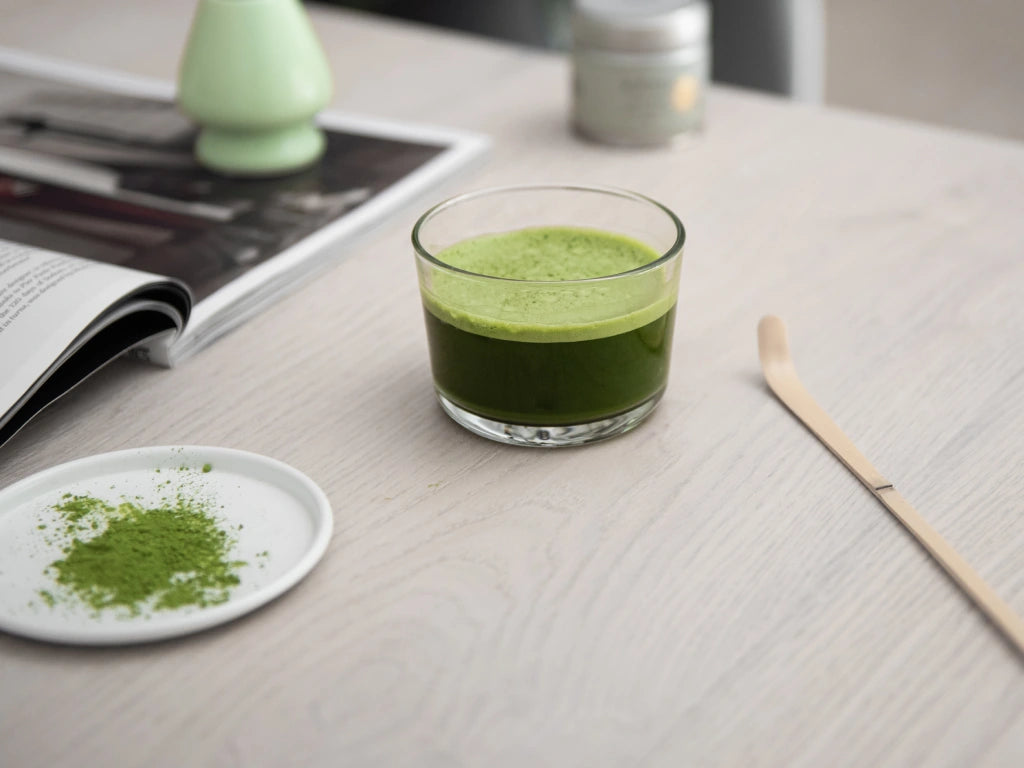


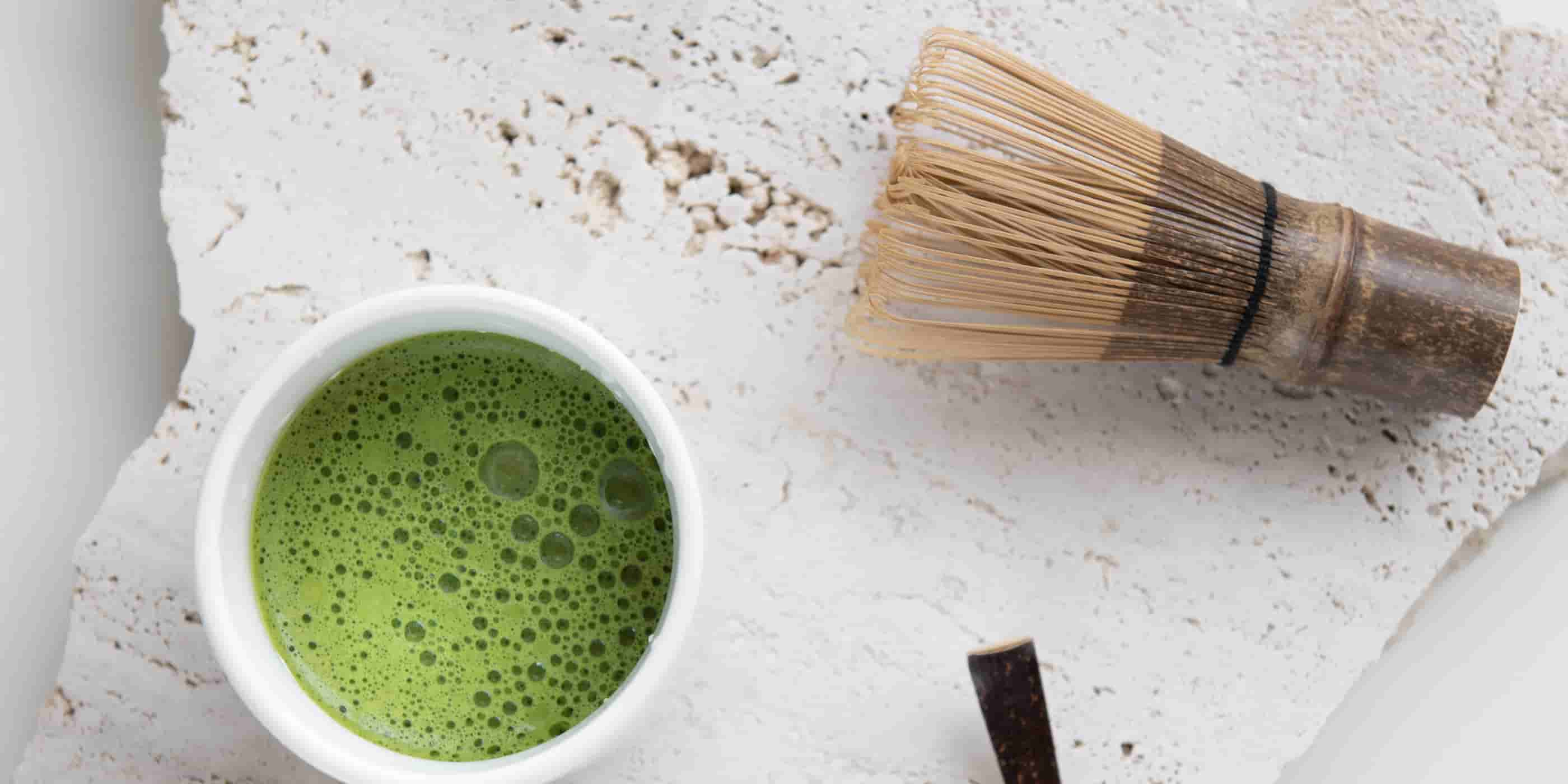
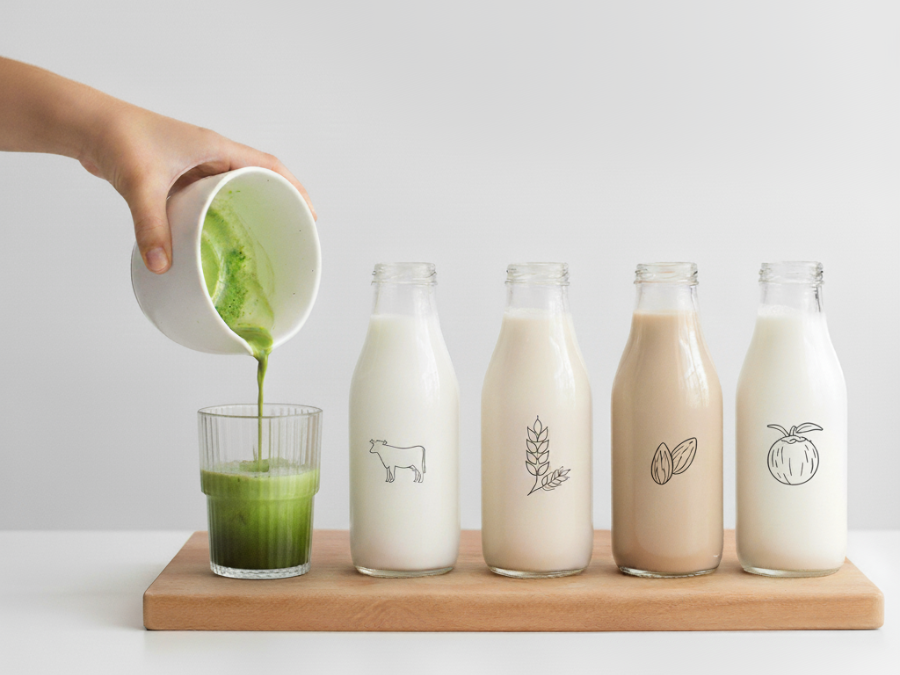
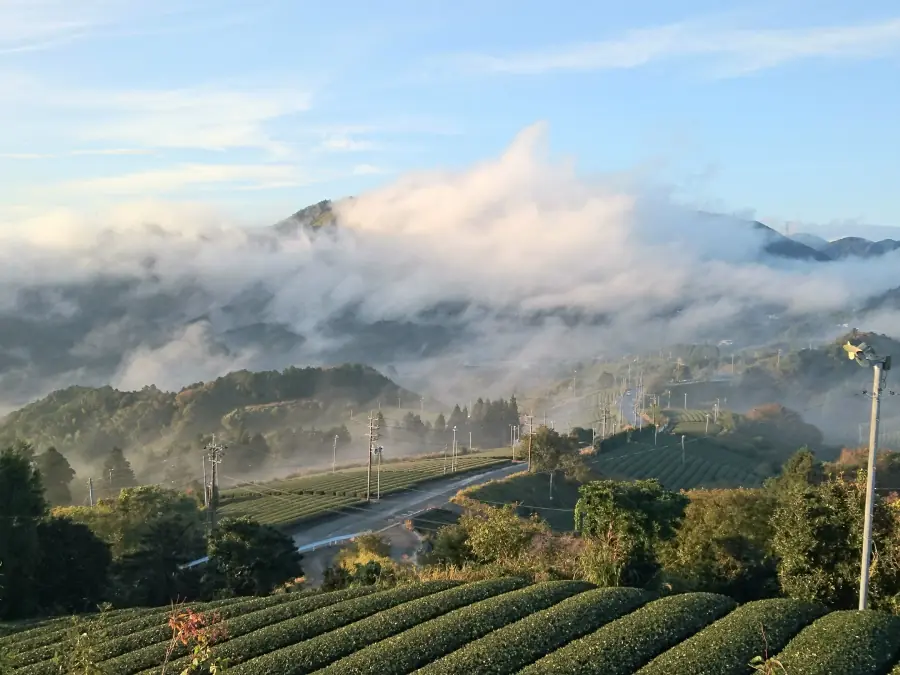
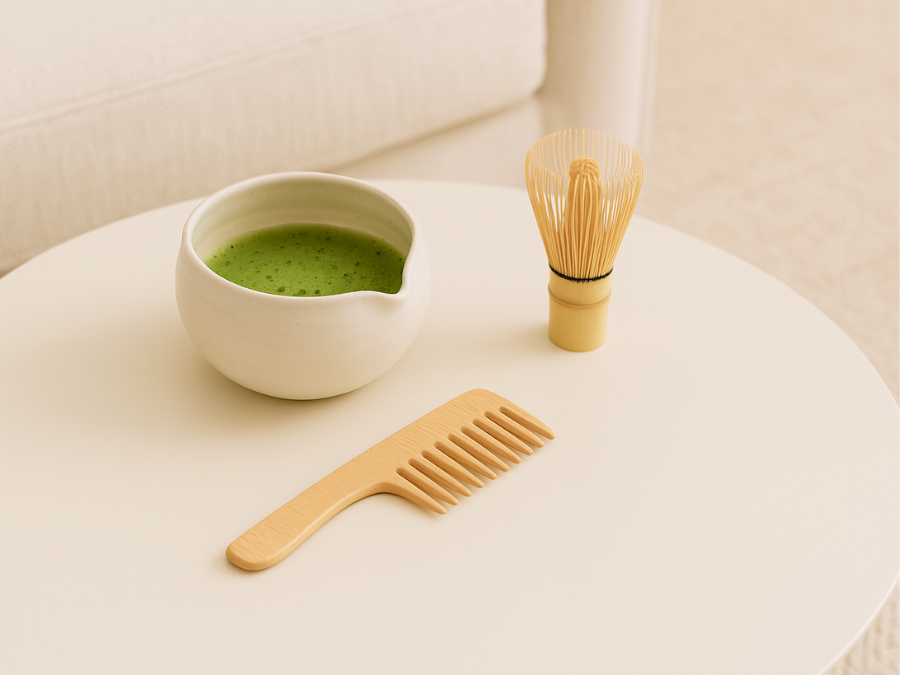
1 Comment
Frank
Herzlichen Dank für diese interessanten und super aufbereiteten Infos über den Matcha!
Herzlichen Dank für diese interessanten und super aufbereiteten Infos über den Matcha!